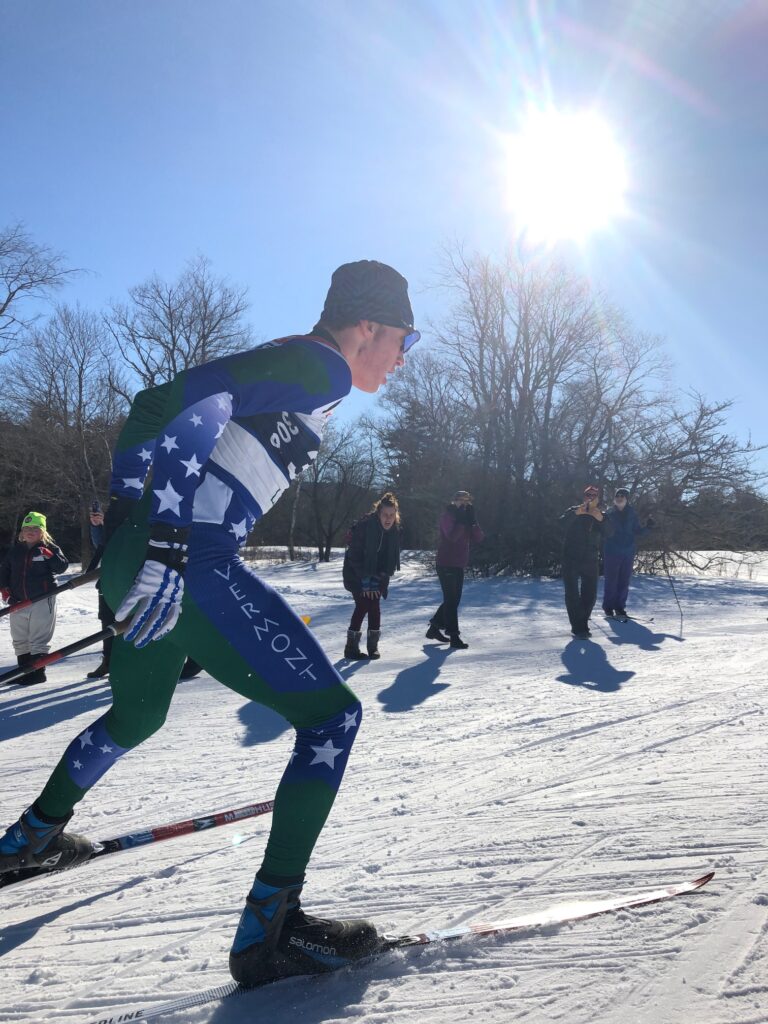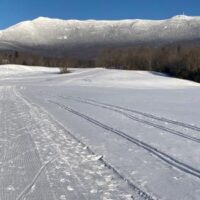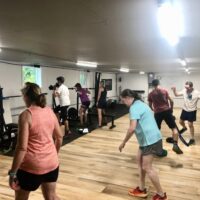This past weekend was the Eastern High School Championships (EHS). This is a critical NENSA event that brings together skiers from each New England state to a weekend of competition with multiple race formats. EHS is really important because it often (and from this year forward, will always) overlap with Junior Nationals. This means that there is an entirely additional championship for the many, many skiers who are competitive enough to likely race well at JNs, but don’t necessarily get a shot because of how strong and deep the New England team is.
I often use this phrase to describe our ski landscape:
“New England is the Scandinavia of America. And within that Scandinavia, Vermont is the Norway.”

Nico with some strong races in every event at EHS!
At the recent men’s 50km Holmenkollen World Cup race, Norwegians took places 1-10. What does that mean? There are racers from Norway getting top 10 on the World Cup who you’ve probably never heard of and yet, they’re strong enough to perform at a high level. The same goes for New England and Vermont, where skiers who might not be at Junior Nationals are no less skilled or quick.
Other regions try to bolster their chance of winning JNs, or provide opportunities for their younger athletes, by bringing massive fields of U16 racers to JNs. Intermountain Division, for example, brought 13 U16 girls to Fairbanks…that’s more than twice as many as New England, who brings a cap of 6 each year. In a phenomenon you might find surprisingly common, these U16s could also be U14 middle school racers flying across the country to race because they’re (currently) as fast as their U16 peers and coaches, parents, and leaders feel they need the competition.
Will some of these young speedy skiers go on to be fast in high school and beyond? Probably some will! But the risk of burnout is high when younger skiers are put in that position. Flying around the country every year, competing against older (sometimes much older) skiers, for sometimes 6-7 years in a row before you’ve even graduated high school, is a heavy load.
Where am I going with all of this?
In New England, there exists a really strong support system with age and developmentally appropriate competitions. In our Eastern Cup competitions over the course of last year there were 59 girls and 68 boys competing. While only 6 get to go to Junior Nationals, the upcoming U16 Championships in Maine will feature 24 U16 skiers from each state alone meaning the pool reaches even deeper with regard to introducing skiers to bigger events and travel.
EHS likewise involves 24 athletes from each state, further extending the available racing at the end of the season. Team Vermont had a great time and there were skiers having standout races that you may not have even heard of before. Skiers that would excel at Junior Nationals, and may still do so in the future, but who didn’t have to miss out on a high-level race opportunity just because they weren’t among the best 6 or 8 skiers in their age group in all of New England.
It’s really easy to get caught up in the thrill of strong results and performances, especially with multiple championships at once…even amidst our content this week you’ll find posts and stories highlighting Virginia’s performances at the IBU Youth World Championships, Ava’s All-American performances at NCAAs, or Gillian’s 7th place finish at Junior Nationals yesterday…but whether it be on social media or in more lengthy written content such as this, I’ll always try to provide a bit more context and perspective. Hopefully this comes across positively, as a way to share how proud we are of our club’s accomplishments without diminishing the hard work and engagement of everyone involved.
The more we all keep the big picture in mind, the strong we’ll be as a club, a region, and a nation in this sport!





Comments are closed.